For the residents of this Colombian island, soda is the only alternative to dehydration.
Clear waters surround Isla Grande, an island that’s little more than a leisurely hour-long boat ride off the coast of Cartagena. Part of the Coral Islands of Rosario, the archipelago is considered to be the “Caribbean of Colombia,” marked by beautiful scenery but also sweltering heat and humidity. With that comes the imperative of staying hydrated.
“If you want to see where people drink a lot of soda, go out to Islas Rosario,” a local told photographer Allie Wist while she was visiting Cartagena. Every 15 days, a barge comes bearing clean drinking water to Isla Grande. But in between those shipments, multiple boatloads of soda are carted to the island. Curious, Wist decided to make the trip.
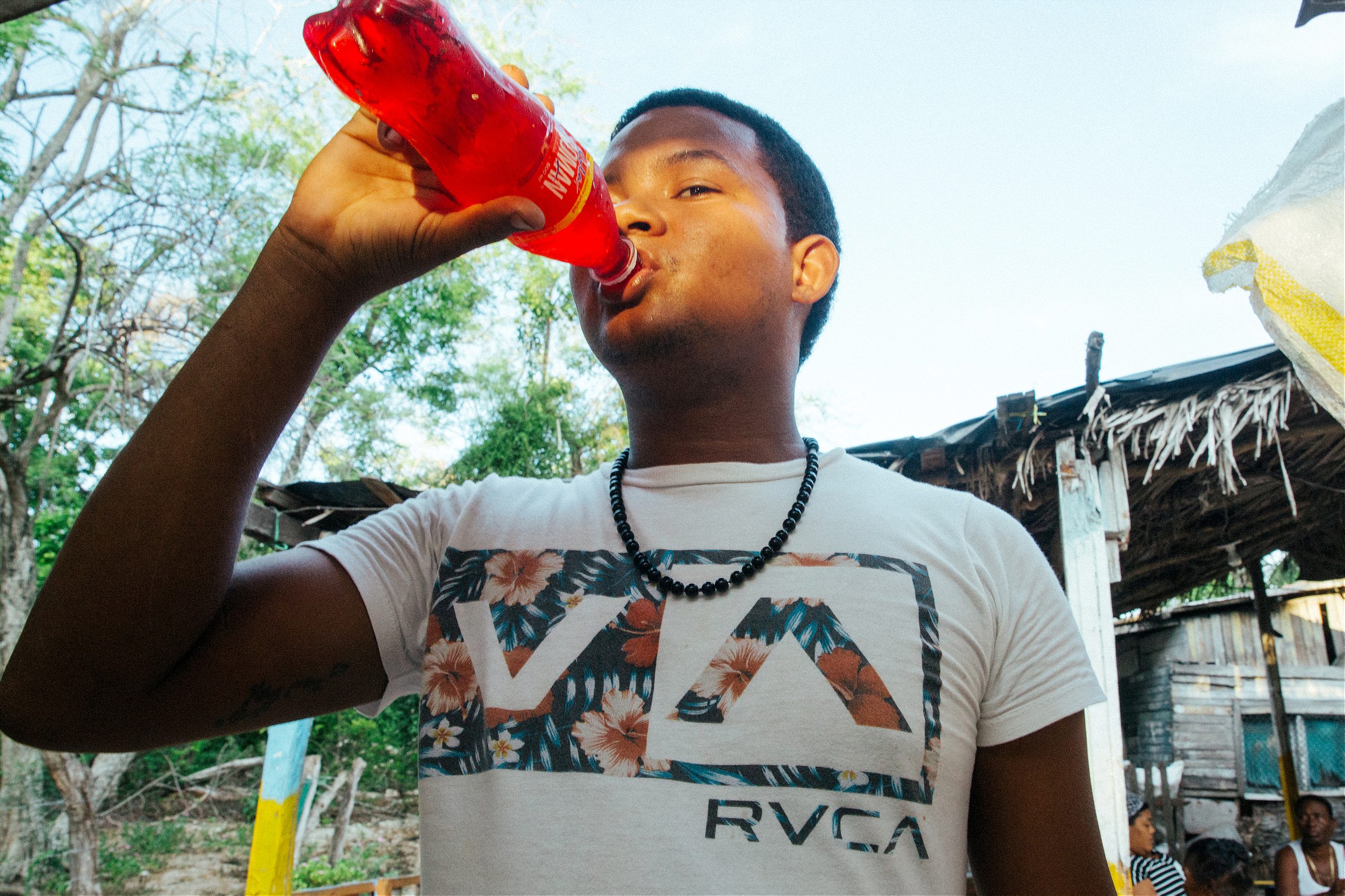
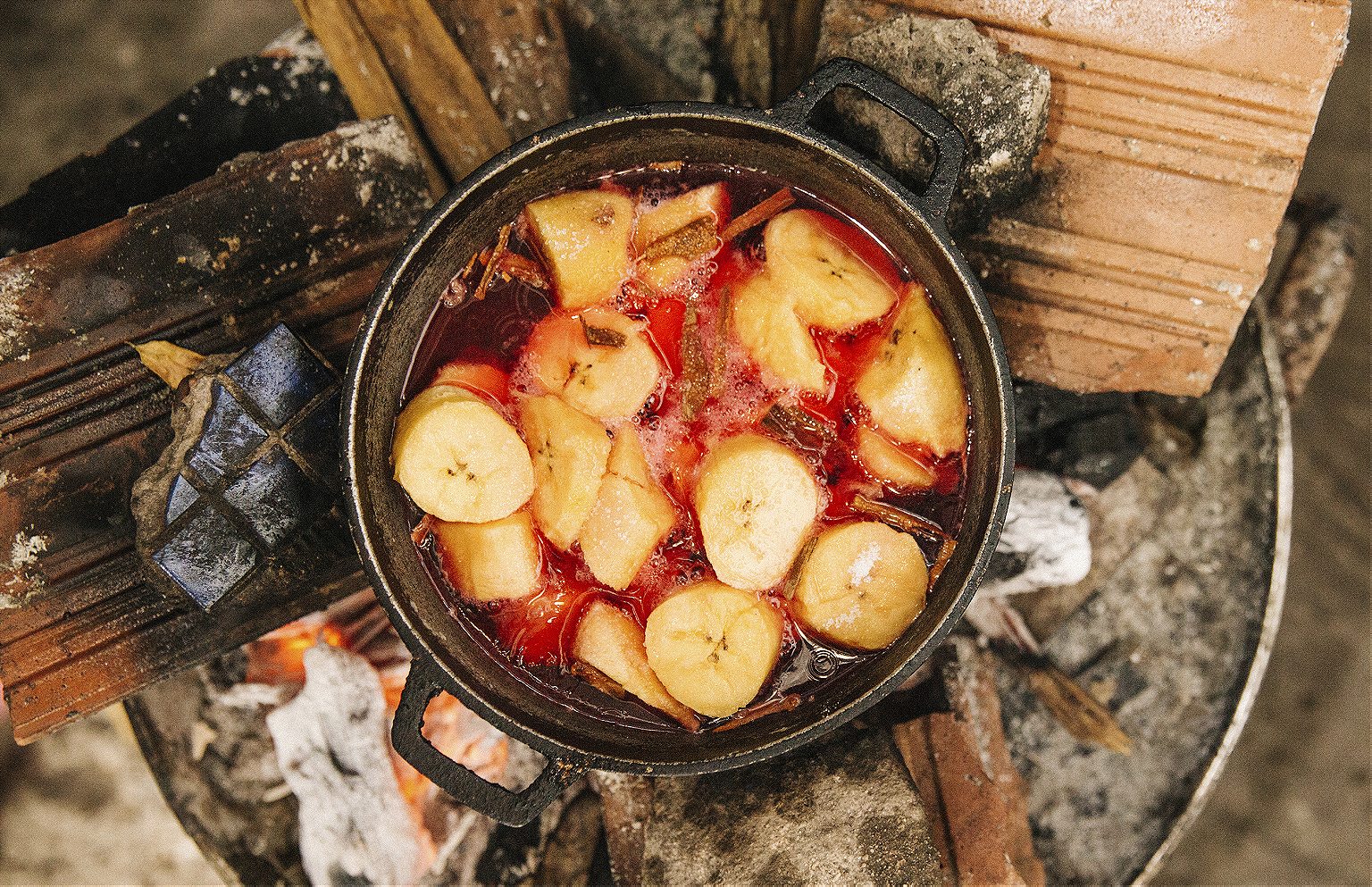
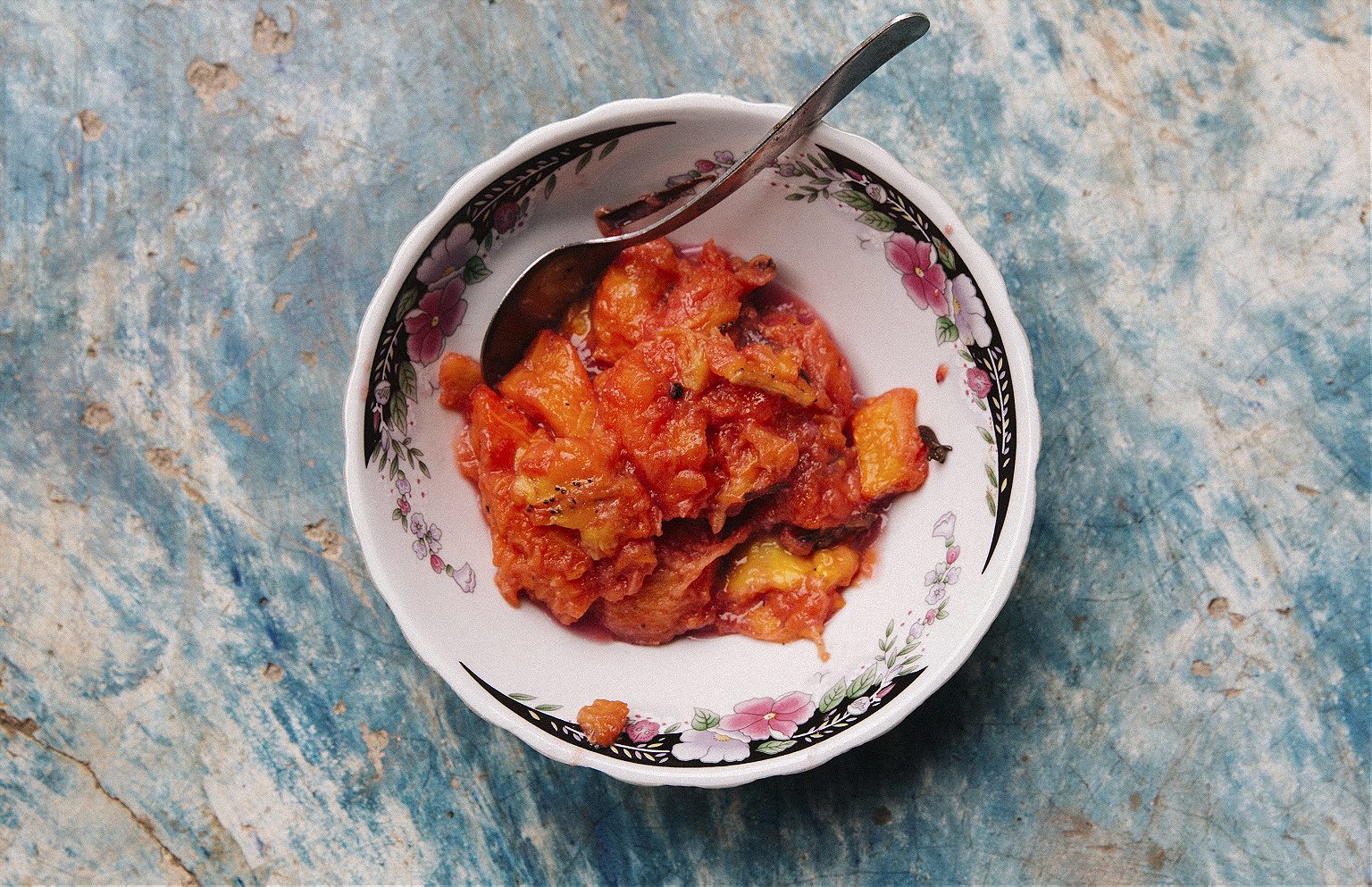
The most popular beverage on Isla Grande is Kola Román. Created in 1865 by Carlos Román Polanco, the signature electric-red liquid is found in every store and is even used in classic Colombian dishes like platanos ententación–plantains simmered in a sauce made from cola and cloves. Another classic soda, Inca Kola, has a champagne-like color and tastes like overly sweet bubblegum.
Isla Grande is a resort destination. Bottled water is shipped to the island, but the cost is astronomically higher than soda and most of it goes to the hotels—12 in total—and to the daily tour groups that come from Cartagena. The water locals do receive, which is pumped into underground wells, is usually labelled as non-potable and must be boiled before consumption. Residents line up with battered jerry cans to buy into the cash pool that pays for their water allotment.
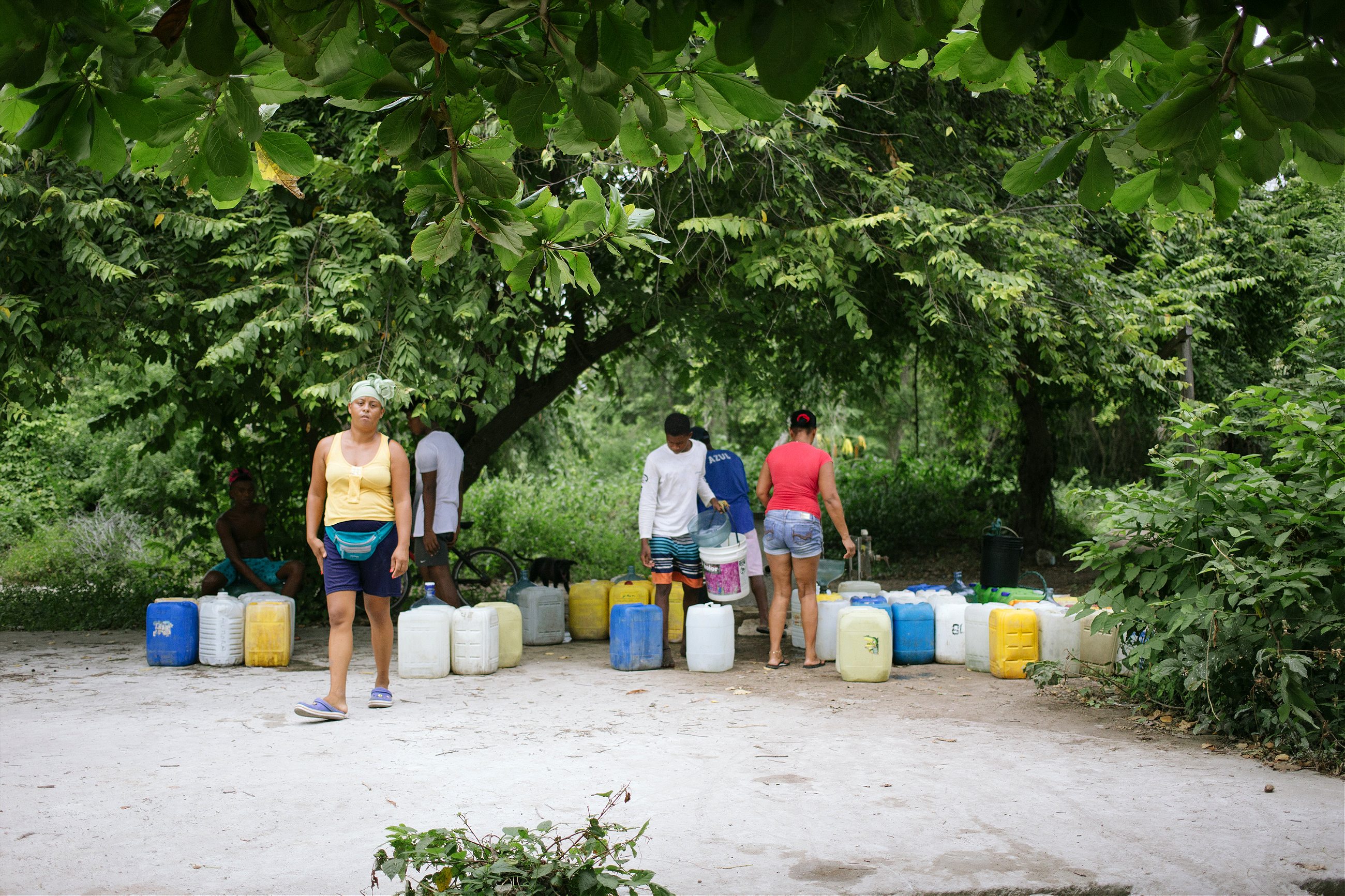

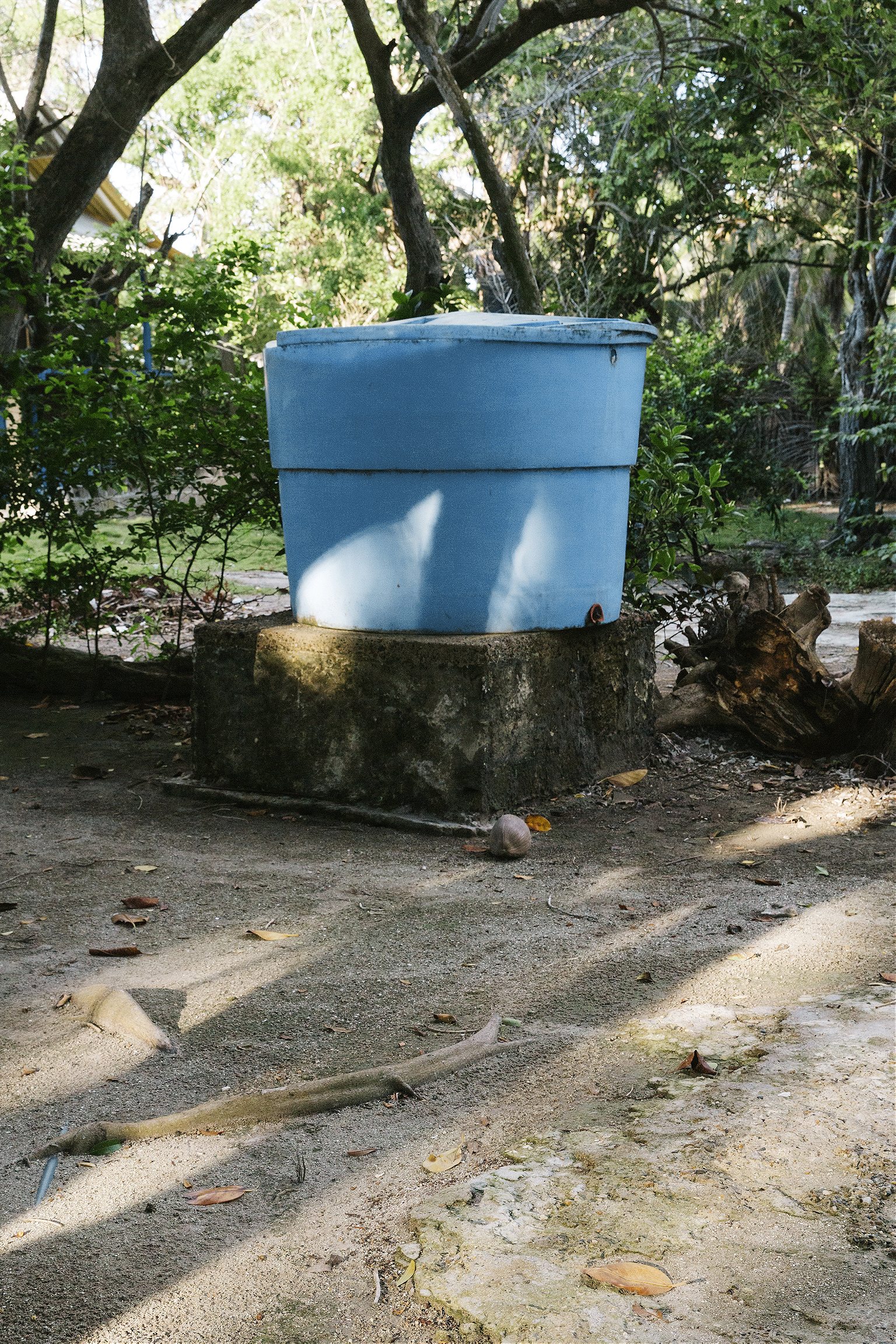
The most recent numbers from UNICEF show that even though 91 percent of the Colombian population have access to “improved water”—defined by the organization as likely not to contain outside contaminants—more than 4 million people are still lacking access to potable water.
Yet Wist says the local response to the water shortage is pretty neutral. Soda has long been a strong part of Colombian culture; the average Colombian resident drinks 68 liters of the stuff per year. As locals discussed the issue with Wist, they were doling out 20-ounce Sprites to toddlers while sipping on carbonated beverages of their own.
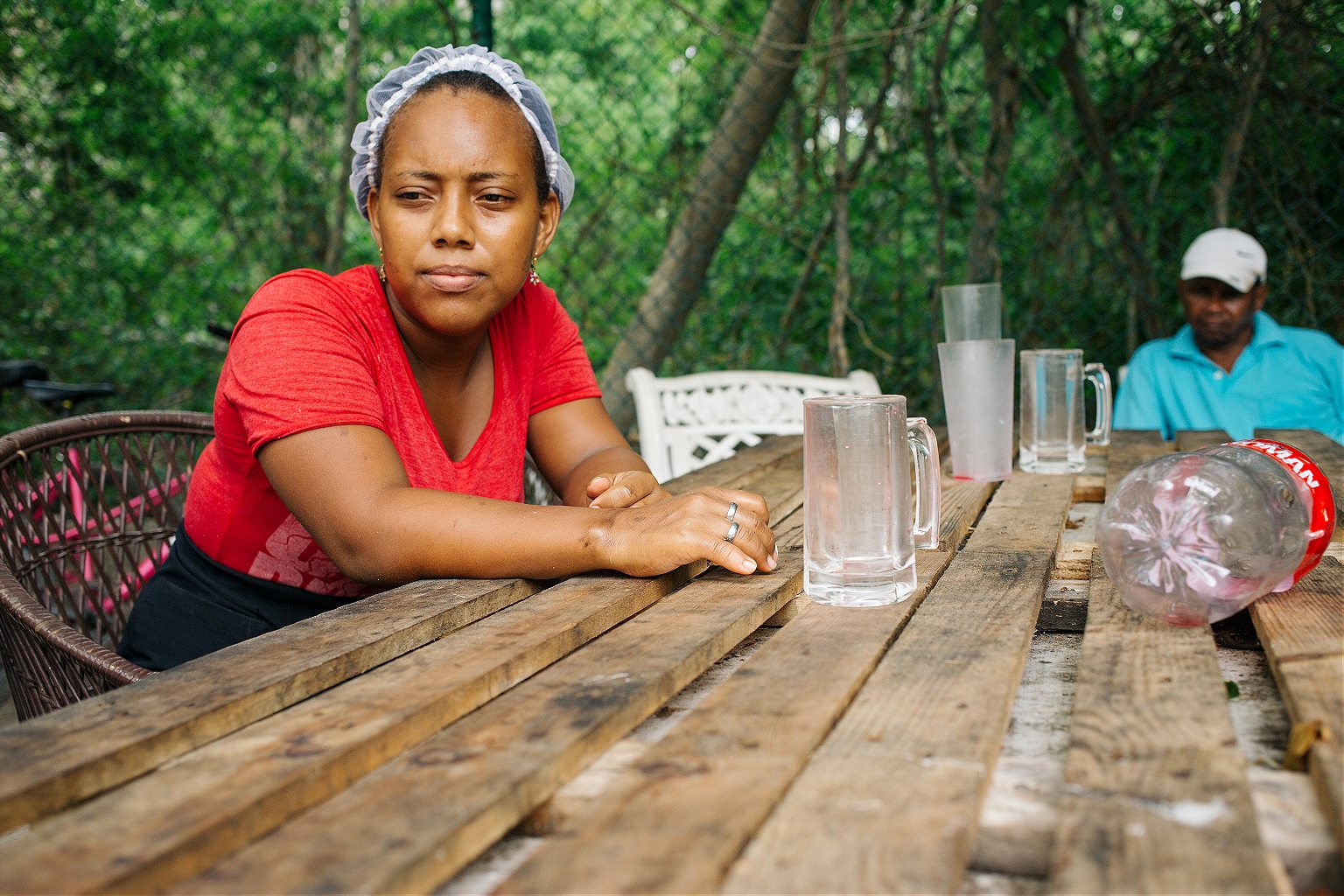
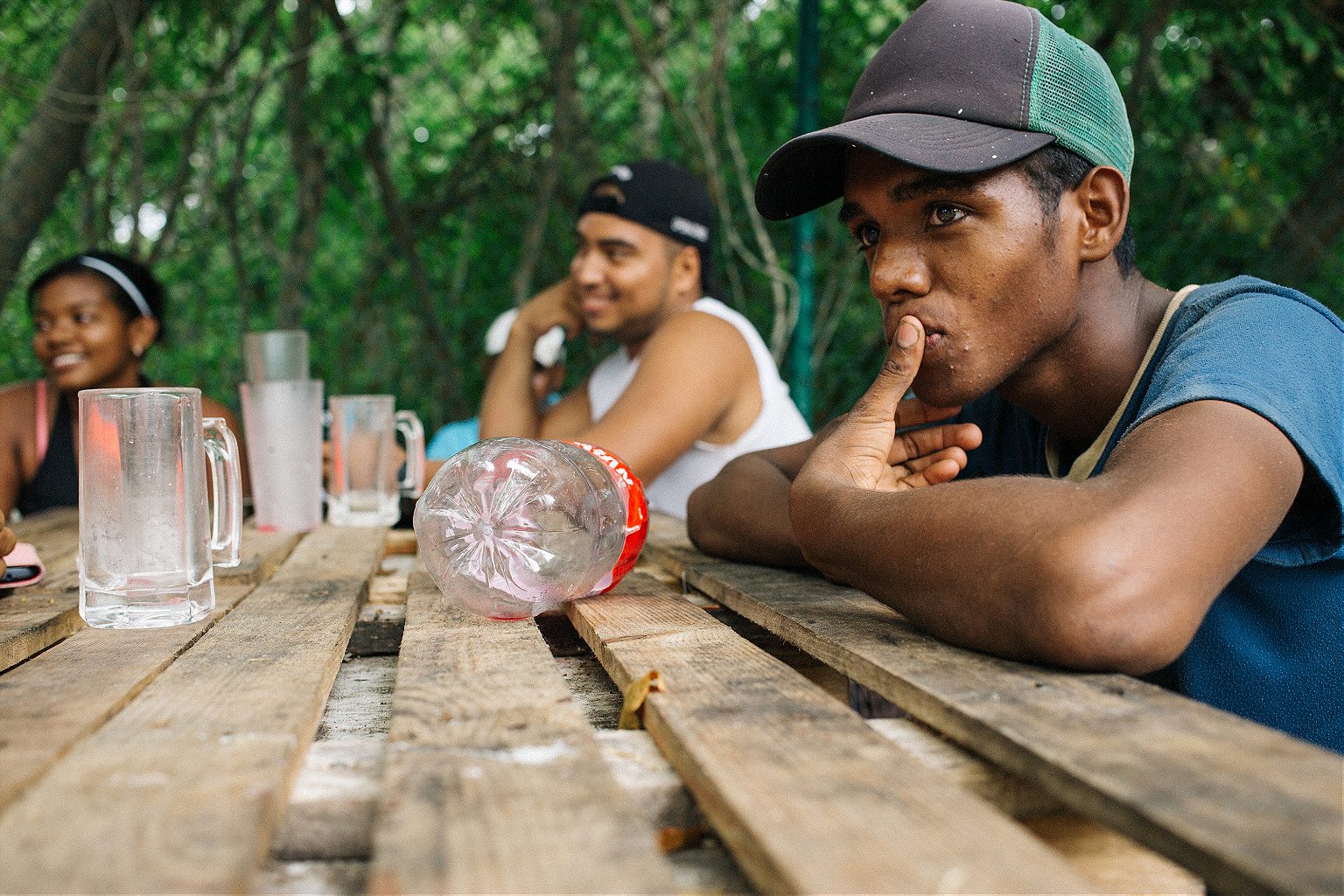
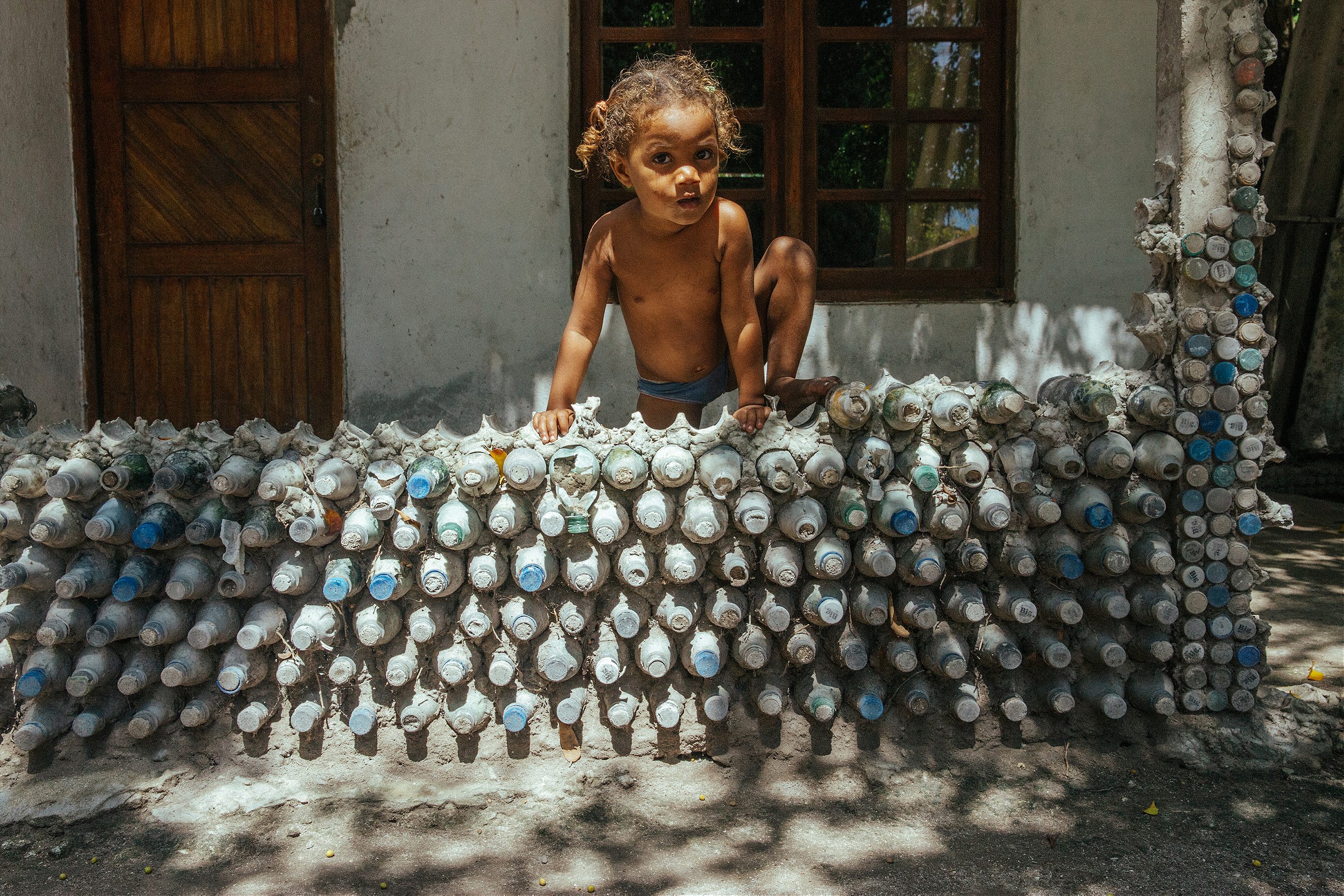
It’s a damaging mindset, as a study from Harvard University showed that children who consumed 12 ounces of soda or more a day had a 60 percent higher chance of becoming obese in the following years than children who had fewer than 12 ounces. In that same study, it was found that adult women who consumed 12 ounces or more a day had a 75 percent greater chance of developing gout, and the risk of heart attacks in men went up by 20 percent.
Marketing of the soft drinks seems to play a key role in keeping things the way they are. Kola Román still contains coca leaf, which is touted as a “super food” and is known for its caffeine-like stimulation, hunger prevention, and anesthetic properties. Soda and soft drinks are also marketed as “health” or sports beverages, as well as cures for hangovers.

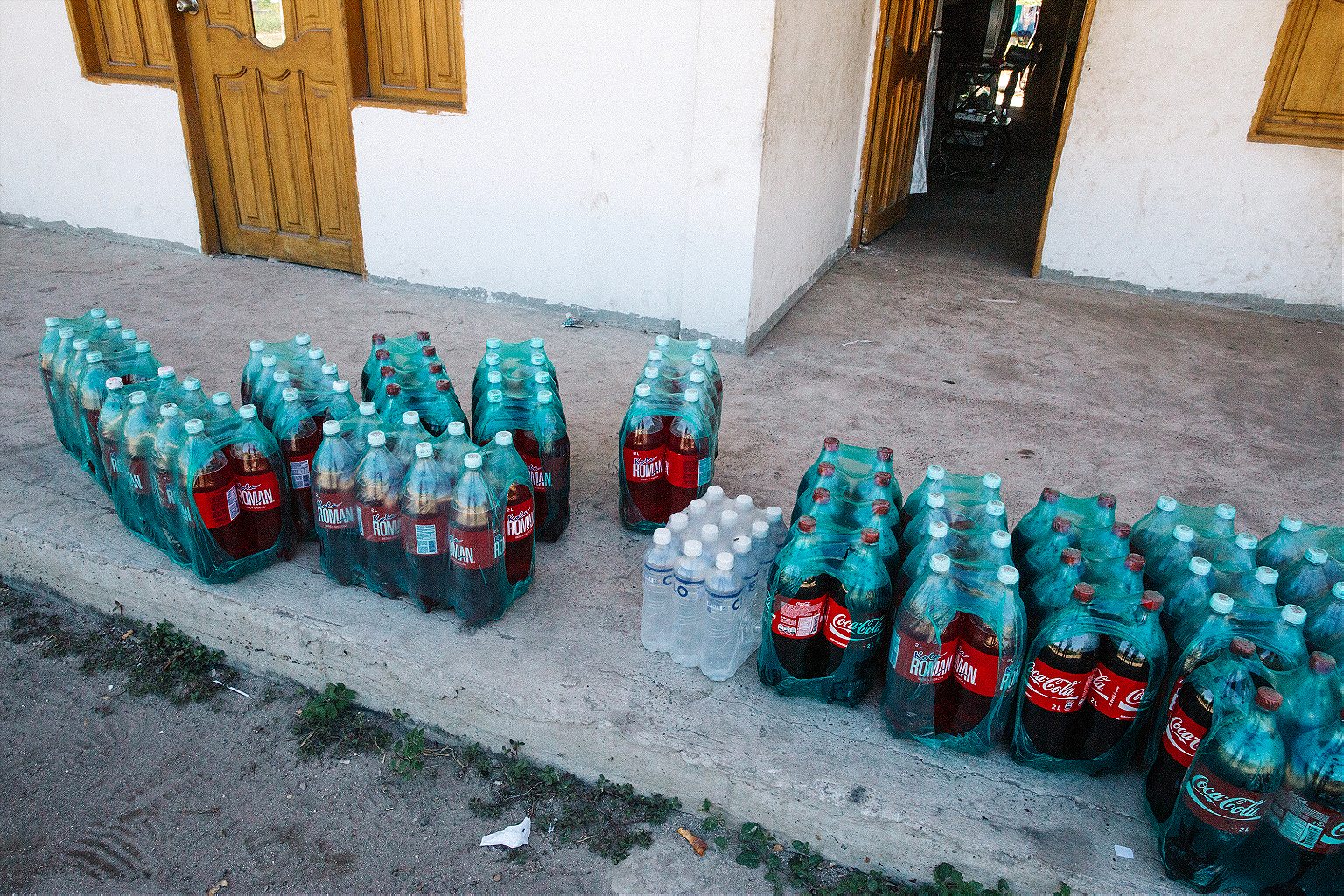

In 2016, Postobon, one of the major producers of soft drinks in Colombia, and Superintendencia de Industria y Comercio, a Colombian government organization that supposedly protects consumers, pushed for the removal of an ad that educated viewers on the detrimental effect of mass sugar intake, citing in part that the teaspoon, the unit of measurement used in the ad, wasn’t precise enough. The ad was removed.
There have been attempts to curb soda consumption in Colombia, but these methods, like a proposed soda tax, may just end up hurting the residents of Isla Grande, who have no other options.